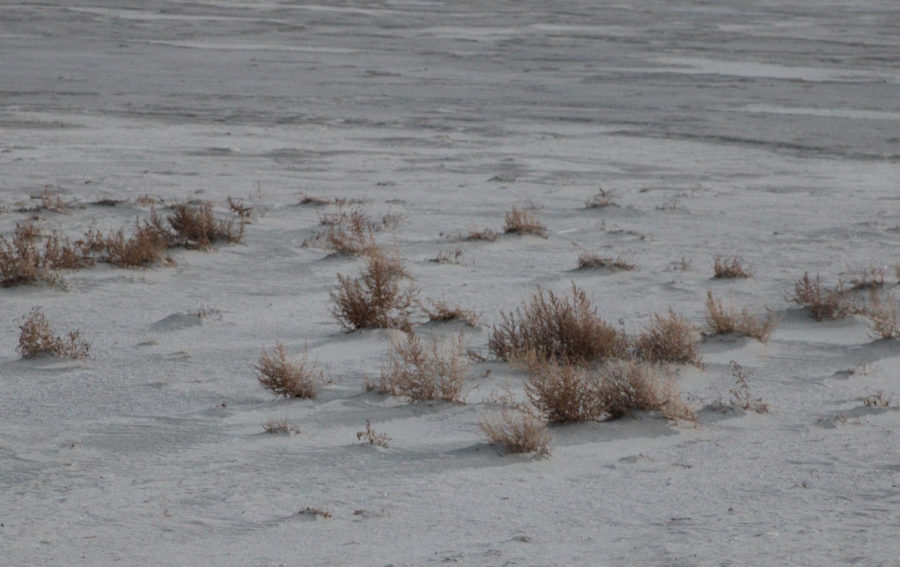Wilson’s water warning
Weber State University students, faculty and community members gathered in the Lindquist Hall on Nov. 4 to discuss the growing concern over the state of the Great Salt Lake. Utah Rep. Brad Wilson presented the state’s efforts to rejuvenate the Great Salt Lake and future issues to be aware of.
“It’s not as big of an issue as it could be if the lake dries more,” Wilson said.
Wilson mentioned an experience he had where he flew in a blackhawk helicopter over the lake with fellow legislators. He witnessed the formation of a dust storm, which contained unhealthy minerals and compounds.
“If the Great Salt Lake dried up, we could see an ecological disaster,” Wilson said.
The lake is rapidly losing water, with around 1,500 square miles of exposed lakebed. Wilson said there are two main focuses on helping save the lake: the first being to identify and obtain water for supplementing lake levels, the second to educate the community on how to conserve water and why it is important.
“If we’re going to solve the problems with the Great Salt Lake, we need to realize that we’re all interconnected and in this together,” Wilson said.
Wilson also compared the situation of the Great Salt Lake to what happened with Lake Owens in California. Lake Owens was a terminal lake that had its inlets diverted to feed the water needs of Los Angeles.
Lake Owens dried up and created one the largest sources of pm10 particles, small particles found in dust and smoke, in the United States.
“Unlike Lake Owens in California, we have started this process at a much earlier point,” Wilson said.
Wilson said the state is working with the agriculture industry to implement new technologies that can help reduce water usage.
In northern Utah, the state has begun metering secondary water usage, which has resulted in a 30% reduction in water usage. Wilson said northern Utah has reduced its water usage by nine billion gallons this year.
The largest contributors to water usage in Utah are the agriculture industry and residential households watering their lawns.
“This is not an issue that we can check off the box one year and forget about it,” Wilson said.
Emphasis will also be placed on the preservation of Antelope Island, the largest island in the Great Salt Lake. The island is home to herds of buffalo and bighorn sheep. An estimated ten million birds make a stop at the Great Salt Lake or Antelope Island during migration, according to Wilson.
In an effort to raise awareness of the island’s importance, a new visitor center is being constructed on Antelope Island. The architecture is designed to be congruent with the surrounding landscape so that it doesn’t detract from the natural beauty of the surrounding area. The visitor center will include a theater with about 150 seats that will show a variety of content that educates viewers about the island.
Though many efforts are being made to save the Great Salt Lake, Wilson said it could take decades before the lake reaches previous water levels. Wilson said the state and federal government plan on making large contributions in the future to further help conserve the lake.









